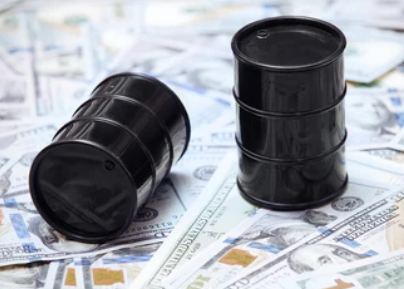
Charlie Brooks
Dec 16, 2022 10:59

Gold prices remained subdued on Friday, following steep declines in the preceding days, as mounting worries of a recession were exacerbated by warnings from many major central banks that interest rates were far from reaching their top.
The yellow metal quickly reversed its upward trend after the Fed cautioned that U.S. interest rates will likely peak at a higher-than-expected level. Earlier in the week, gold had benefited from evidence of diminishing U.S. inflationary pressures. This was followed by a signal from the European Central Bank that it will continue to raise interest rates as long as headline inflation remains over the bank's target range.
A collection of dismal economic statistics from the United States and the euro zone revealed that both economies are struggling under the burden of high inflation and increasing interest rates.
At 19:07 EDT, spot gold was unchanged at $1,776.15 per ounce, while gold futures were unchanged at $1,787.05 per ounce (00:07 GMT). On Thursday, both assets declined by almost 2%.
The yellow metal was expected to lose approximately 1.1% this week, as investors sought refuge in the greenback in response to the dollar's resurgence.
This year, gold has lost much of its position as a safe haven, as increasing U.S. interest rates have increased the opportunity cost of keeping non-yielding assets. Despite mounting worries of a U.S. recession, this led to the dollar surpassing gold as the market's preferred safe haven.
Investors looking for a change in the Fed's aggressive tone were caught off guard by the central bank's statements, which led to a significant sell-off in other precious metals this week. This week, platinum futures were expected to decline by 2%, while silver futures were down 1.9%.
Despite this, the majority of investors still expect the Fed to raise rates by 25 basis points in February.
Copper was the worst performer among industrial metals this week, as growing COVID-19 infections in China, a key importer, brought further concern to markets already reeling from deteriorating economic expectations.
Copper futures increased 0.2% to $3.7843 a pound, recovering slightly from Thursday's 2.5% decline. The red metal was expected to lose around 2.4% this week.
While China's easing of statewide anti-COVID restrictions initially boosted copper bidding, the consequent increase in infections quickly dashed hopes for a speedy reopening in the largest copper importer in the world.
Nonetheless, the red metal is anticipated to gain from the country's eventual reopening next year.

Dec 15, 2022 11:21

Dec 16, 2022 11:02